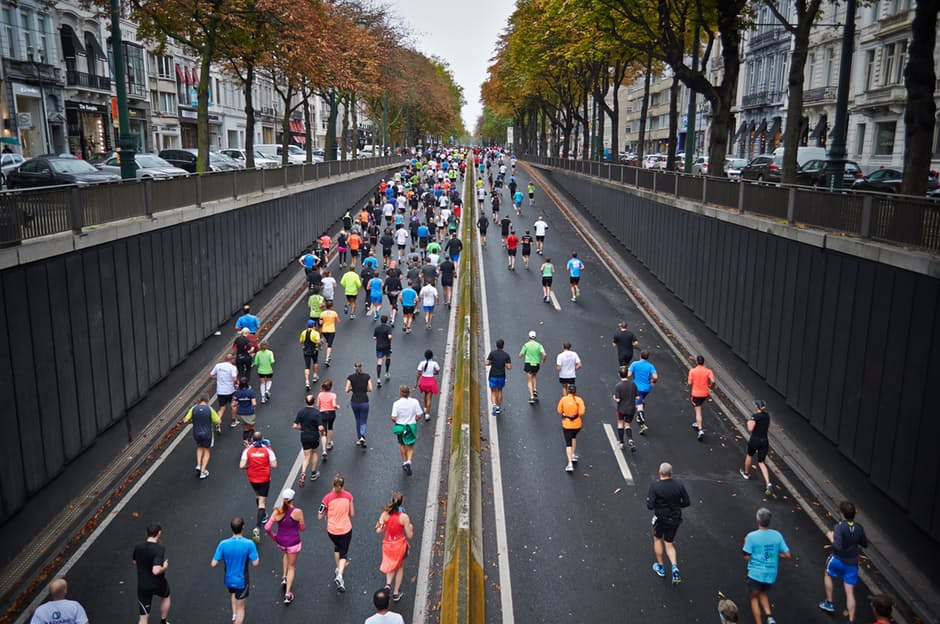In an attempt to reduce the high risk of running injuries, athletes are making changes to their strike patterns and shoe wear. Running trends towards minimalist shoes have attempted to move athletes away from a heel strike and toward a more mid or forefoot strike pattern. These strike patterns have been shown to reduce loading in some areas of the lower extremity (knee) but increase loading in other areas (achilles and foot). In addition, based in part on the popularity of the book Born to Run some runners have opted to switch from shoes to barefoot running in an attempt to further reduce their injury risk. New research following the transition from shoe to barefoot running challenges this commonly held belief.
Authors in the journal Physical Therapy in Sport followed 26 rear foot strike shod runners as they performed an 8-10 week transition to barefoot running (Hashish et al. 2016). The runners were evaluated in a biomechanics laboratory both before and after the training period. The authors found 18 of 26 runners successfully switched to a barefoot running program. 8 switched to a mid foot strike, 3 switched to a forefoot strike, and 7 surprisingly kept their rear foot strike pattern despite being barefoot. This study shows runners do not automatically shift to a mid or fore foot pattern of landing when they transition to barefoot running. Interesting to note, the runners who went barefoot and completed the program did not shown a change in knee loading rate or energy absorption at any time period. This study challenges the commonly held belief that barefoot running leads to changes in running gait and in turn is safer on the lower extremity joints compared to shoe running.

